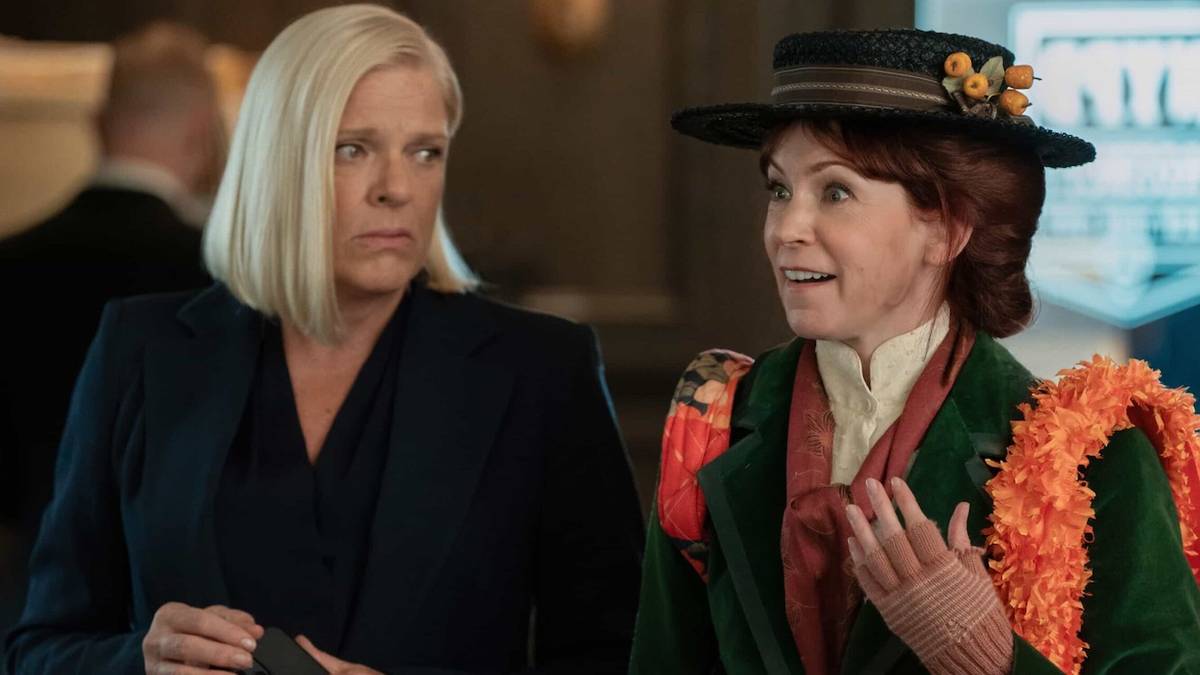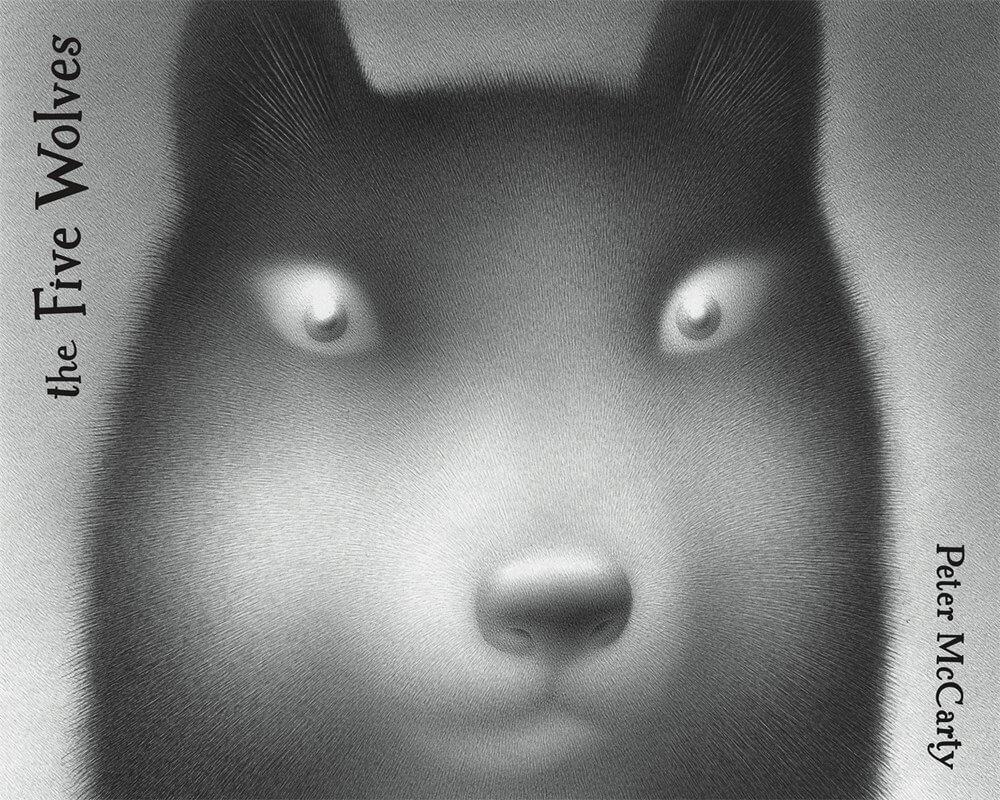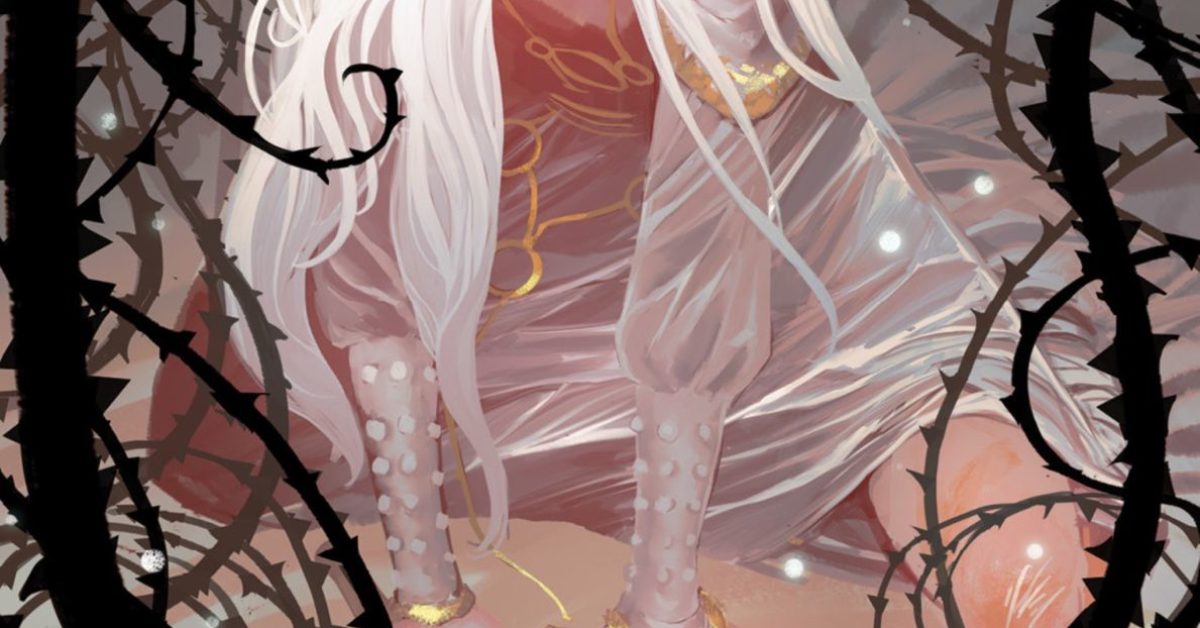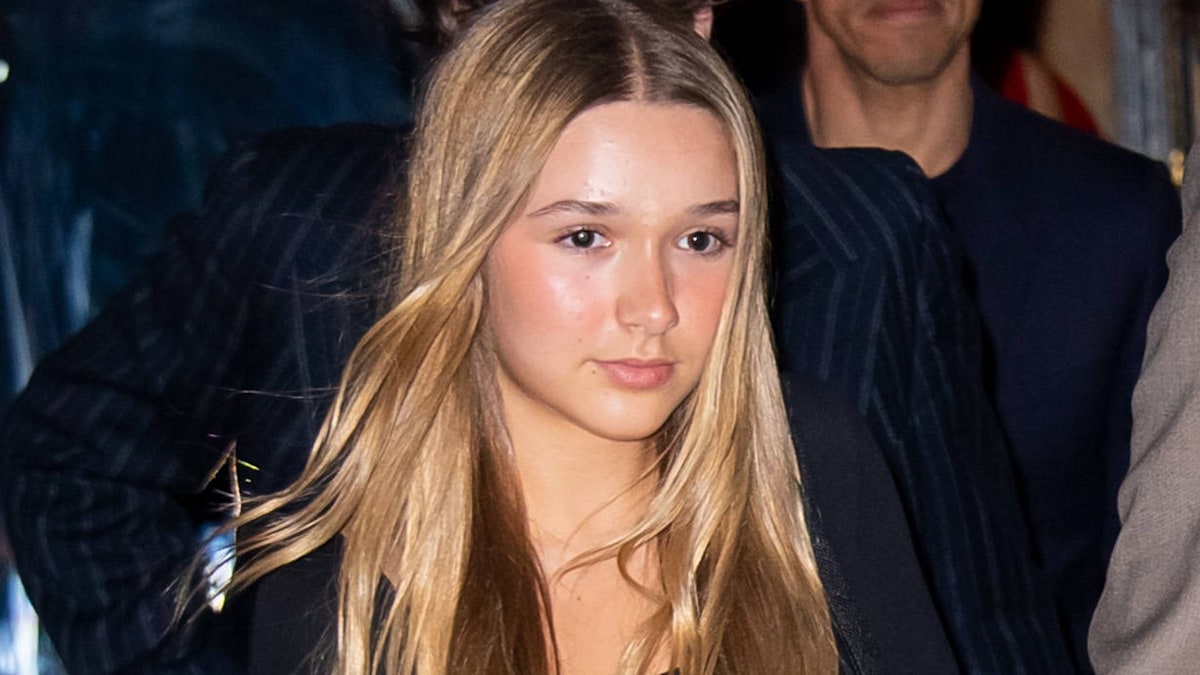In 1929, Walt Disney released The Skeleton Dance, a black-and-white short that kicked off the Silly Symphonies series and changed animation forever.
The cartoon, featuring skeletons playfully dancing under the moonlight, wasn’t created as a Halloween short, but its eerie charm became timeless. Dennis West of West of Neverland explored the origins of this spooky fun masterpiece, explaining how “this wonderfully spooky cartoon came from a groundbreaking experimental idea.”
At the time, synchronized sound in animation was almost unheard of. The industry was still shifting out of the silent film era, which made the achievement behind The Skeleton Dance even more impressive.
West explained that “this synchronization of animation and music was a very new thing at the time, as the industry was still in its silent movie phase.”
It was a creative gamble that paid off, showing how sound and movement could work in perfect harmony to bring hand-drawn art to life.
Much of the short’s innovation came from two key collaborators that included musician Carl Stalling and animator Ub Iwerks. Together, they built something truly ahead of its time.
As West noted: “This oddball idea by a silent era musician was mostly brought to life by a single animator and was a major leap in how music and movement work together on the screen.”
Nearly a century later, The Skeleton Dance still feels alive, a rhythmic blend of eerie fun and artistic experimentation that helped shape everything Disney would become.


















